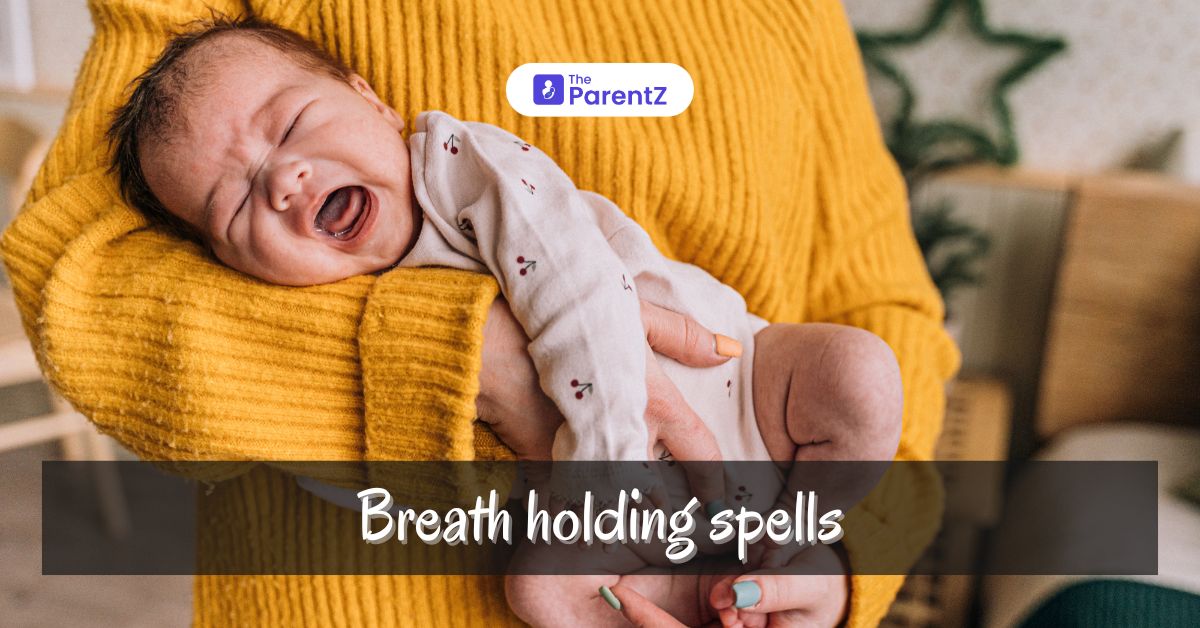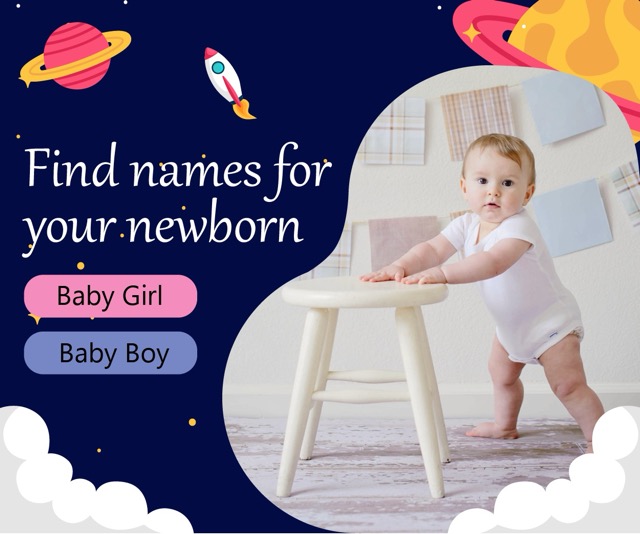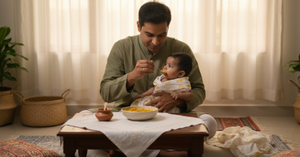What are breath holding spells?
A breath holding spell is exactly what the name itself suggests. A child holds their breath after any intense emotion. These emotions may be anger, crying, frustration, surprise or pain. Sometimes the child may also faint due to holding of the breath for a long period of time. These breath holding spells are mostly seen in children, common in toddlers aged around 2 years. Children usually outgrow breath holding spells by the time they are 6-7 years old.
There are two types of breath holding spells:
- Cyanotic breath holding spell : Breath holding spells where the child turns blue are called cyanotic. The child cries very hard and then the face turns blue. It is usually due to anger or frustration.
- Pallid breath holding spell : Breath holding spells where the child turns white are called pallid. The child usually does not cry or cries very little and then the face turns white. It is usually due to surprise or pain.
What causes breath holding spells?
Breath holding spells are usually in response to a sudden intense emotion. They are not under the control of a child and your child does not have breath holding spells intentionally. When a child feels intense emotions suddenly like anger or frustration or pain, they cry and this can be followed by a breath holding spell. Sudden emotions can cause a bodily reflex and this modifies the bodily response such as heartbeat, breathing rate and blood pressure. These changes can make a child faint at times.
Are breath holding spells dangerous?
Breath holding spells appear very dramatic when witnessed. The face of the child changes colour and the child faints for a few minutes. Though it appears alarming, it is not dangerous. The child regains consciousness after a few moments. The child may be tired and low on energy but besides that is completely fine.
In some very severe cases, a seizure-like attack may be present. The presence of a single seizure activity during a breath holding spell is not a long term risk for development of seizure disorder.
What should I do if my child has a breath holding spell?
If your child has a breath holding spell and it is the first time, you should get your child checked out. Even though the breath holding spells are completely normal in childhood, it is always a good idea to get a checkup which rules out underlying cardiac or neurological problems.
If your child has one breath holding spell, it is very likely that your child can have another breath holding spell as well. In this case, you should be aware of what to do to manage the situation safely.
A guide of the steps to be followed are:
- Lay the child on the floor or in the crib.
- Make sure that the child is lying away from any sharp or dangerous objects.
- Stay near the child to monitor them.
- Reassure the child when they regain consciousness.
- If your child does not start breathing actively in a minute or the face remains blue, call emergency services.
- If your child is not regaining breathing and emergency services have not yet arrived, start CPR.
Can I help in the prevention of breath holding spells?
Breath holding spells usually follow a bout of crying. You can prevent them by making sure your child does not get upset. The following are some tips to keep in mind.
- Make sure that your child does not go hungry or become extremely tired for long periods of time.
- Use calm discipline methods for your child.
- Do not give into the temper tantrums of your child just because you are afraid of a breath holding spell.









Be the first one to comment on this story.